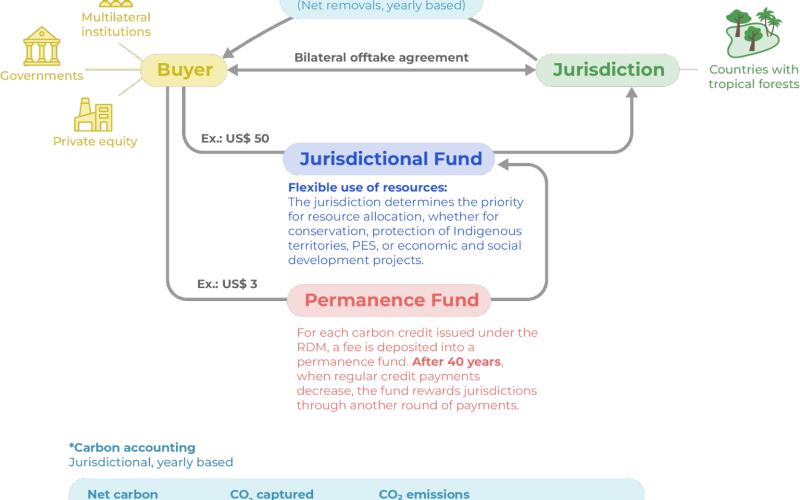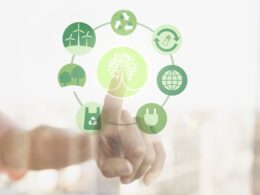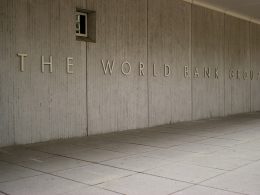A new financing model developed by the Climate Policy Initiative/PUC-Rio (CPI/PUC-Rio) could transform the role of tropical forests in the global climate agenda, potentially generating up to US$100 billion annually for countries with significant forest cover.
Released one month ahead of COP30, dubbed the “Forest COP,” the CPI/PUC-Rio report outlines a new Reversing Deforestation Mechanism (RDM) designed to channel large-scale investment into forest restoration. The study was commissioned by COP30 President Ambassador André Corrêa do Lago, who convened an economic advisory council to contribute to the Baku to Belém Roadmap to 1.3T and the COP30 Action Agenda.
“Forests are not only vulnerable to climate change, they are indispensable assets in the fight against it,” said Juliano Assunção, Executive Director of CPI/PUC-Rio. “Global efforts to mitigate climate change have been insufficient. Global emissions continue to rise, and even if current NDCs are fully implemented, the planet is still on track for a temperature increase of 2.6°C to 2.8°C. Expanding carbon removal from the atmosphere is becoming an even greater priority, and tropical forests offer one of the most powerful tools available.”
Researchers examined data from 91 tropical forest countries, analysing deforestation rates, forest cover and restoration potential. Collectively, these nations hold 1.27 billion hectares of tropical forest, storing about 593 gigatonnes of CO₂—roughly one-third of all historical emissions. Despite this, over 10 million hectares have been lost each year over the past decade.
According to Assunção, restoring areas deforested since 2001 could recapture up to 49 GtCO₂, turning tropical forests into major climate assets.
Under the RDM, participating jurisdictions would receive results-based payments for verified carbon removals achieved through reforestation and restoration activities. The mechanism would reward net carbon removals—the difference between captured emissions and those produced by deforestation, forest degradation and agriculture.
At a carbon price of US$50 per tonne, RDM could deliver over US$5,000 per hectare for more than 170 million hectares of forest, equivalent to about 2 GtCO₂ removed annually in its early years of operation.
In the Amazon, the mechanism could shift the region from being a net emitter to a carbon sink—preventing an estimated 16 GtCO₂ of emissions and capturing 18 GtCO₂ over 30 years. This could translate to US$30 billion per year in carbon revenues.
“The Amazon plays a significant role in achieving global climate goals, and climate finance can generate economic opportunities for a region that continues to face development challenges. When paired with carbon capture at a fair price, forest restoration becomes a more profitable land use for vast areas of low-productivity cattle ranching,” said Assunção.
Unlike existing frameworks such as jurisdictional REDD+ (JREDD+) and the Tropical Forests Forever Facility (TFFF), which focus on preventing deforestation, RDM targets the current gap in financing for large-scale restoration.
The mechanism would operate through bilateral agreements between buyers—such as governments, multilateral institutions or private entities—and jurisdictions. Annual assessments would determine the amount of carbon captured, with payments channelled into jurisdictional funds supporting forest protection, restoration and local socioeconomic development.
“RDM is designed to complement efforts with the JREDD+ and TFFF mechanisms in the fight against climate change. By linking climate finance directly to verified carbon results, RDM offers a scalable, transparent, and efficient pathway to transform tropical forests into high-impact climate assets,” said Assunção.
Assunção emphasised that COP30 presents an opportunity to establish a global financial architecture capable of mobilising investment at a scale matching the climate potential of tropical forests. “Tropical forests are one of the most powerful and underutilised tools in the fight against climate change,” he said. “Large-scale restoration can turn millions of hectares of degraded land into climate assets, but this will only be possible if we mobilise robust, long-term financing.”





















